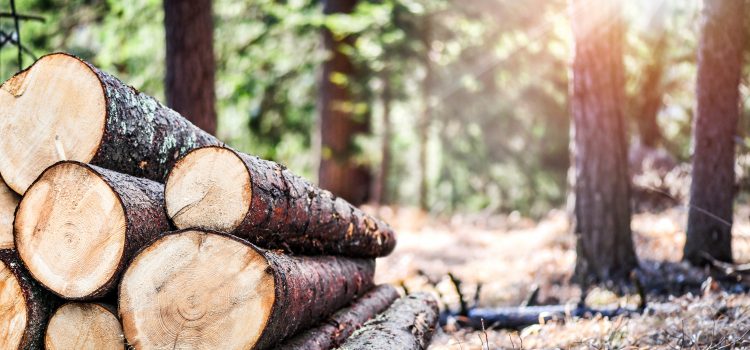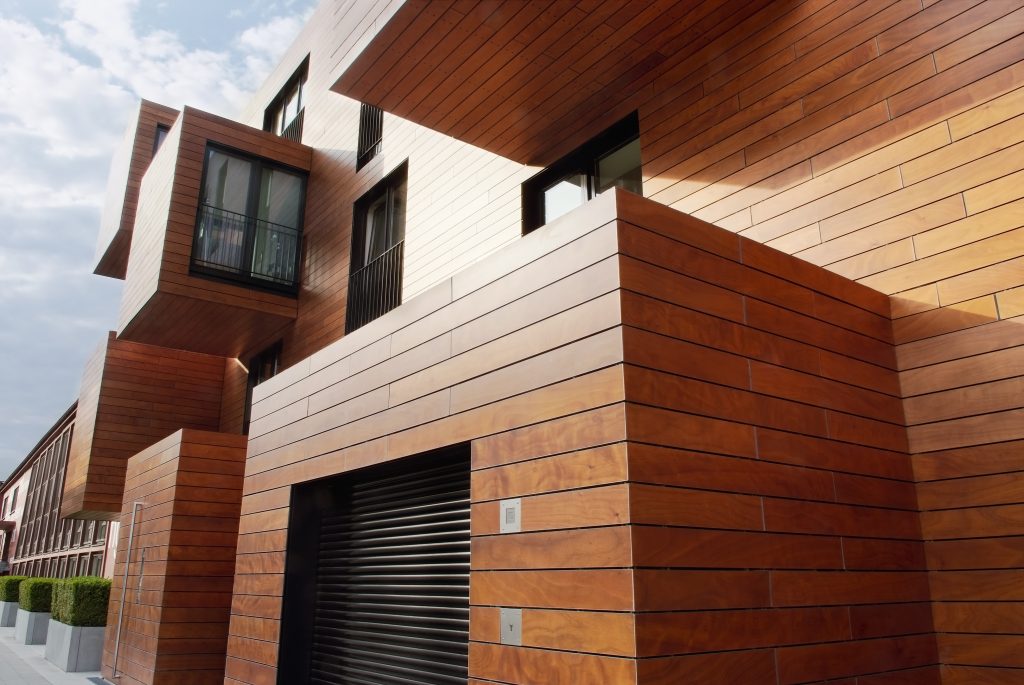
You may have already seen our latest news where we are excited to announce that a substantial part of 81 Dignams Creek rd. where Twin Peak Tiny resides has been given over to a conservation agreement. This agreement protects the land and its native fauna and flora and acts as a buffer against commercial activities such as logging and development. As a self-proclaimed ‘greeny’ I for one, love the beautiful eucalypt forests that surrounds the property and shudder when I see the clearing of native forests especially the recent shocking footage from Kangaroo Island of trees been pushed over by bulldozers still with koalas clinging to their trunks. So, as I look around, I feel solace in our decision except for one constant dilemma, and that is my house is made of wood!!
Ok, I didn’t build my house, so you could argue that the damage was already done and therefore, the simple answer is don’t build any more wooden houses. If only it were that simple, we are in the middle of a housing crisis and homes have to be built of something and it just so happens that wood is the most environmental and sustainable construction material available.
The more I delve into this subject the more complex it gets. For a start, unlike building with concrete or steel, wooden building has a substantially reduced carbon footprint. Furthermore, these wooden buildings act as a carbon sink, effectively locking away carbon dioxide within the building itself which will last for its lifespan. Sequestering carbon is seen as a strategy for dealing with climate change and according to a report by the BBC, a move to building with wood could substantially help with reducing climate change. In contrast, the production of cement (a key ingredient of concrete) is highly energy-intensive and is one of the largest sources of CO2 emissions globally. Wood also has the added advantage of being recyclable and biodegradable, which is less feasible with concrete. Hence there is no surprise that wood is becoming more and more popular as a building material. Probably most famous of all is the Sydney Atlassian headquarters and even the Paris Olympics are using wood to build part of the indoor swimming pool

So, this leads to a further dilemma, where exactly is all this wood supposed to come from? As of 2023, Australia is a net importer of wood and wood products. This is despite having a significant forestry sector and exporting various types of wood and paper products, Australia’s domestic production does not fully meet its demand. Australia imports wood from as far afield as Canada and Europe as well as New Zealand, Malaysia, Indonesia, Vietnam and China to name but a few. I can’t help thinking that we are deploying a ‘not in my back yard’ policy to the harvesting of wood. It begs the question are we taking advantage of countries with far less stringent forest sustainability policies then that found here in Australia, albeit I’m sure this wasn’t the intention.
Unfortunately for me, this subject raises far more questions than answers. As I discussed in my last blog about forest bathing, being among trees can be very good for our health. However, they are also vital for the health of the planet, apart from the well-known effects of absorbing CO2, forests also are crucial for:
- Promoting rainfall in a world that is has increasing numbers of droughts.
- Holding in much needed topsoil which is so often lost in the increasing number of torrential downpours the world is now experiencing.
- Providing a safe haven for biodiversity in a world that has increasing numbers of monoculture crops.
- Regulating temperature and offering a cool sanctuary as a planet heats up. Cattle that have shade from trees experience less heat stress, maintain better overall health and productivity including improved growth rates, milk production, and reproductive performance, directly impacting farm profitability. Yet so often we still see livestock in bare paddocks providing no shade.
- Helping protect properties from fire especially in the form of established Shelterbelts. During the black summer bush fires 81 Dignams Creek was, in part, saved by its shelterbelt.
- Providing much needed protection for the increased severity of winds that are often a consequence of our changing climate.
Therefore, all I can conclude is that wood is good both in the form of trees and buildings. Perhaps our focus must change to a concerted effort to plant more trees even if some are to be harvested. Agroforestry already offers a blueprint for combining conservation outcomes with the increasing need for wood so let’s get planting.
